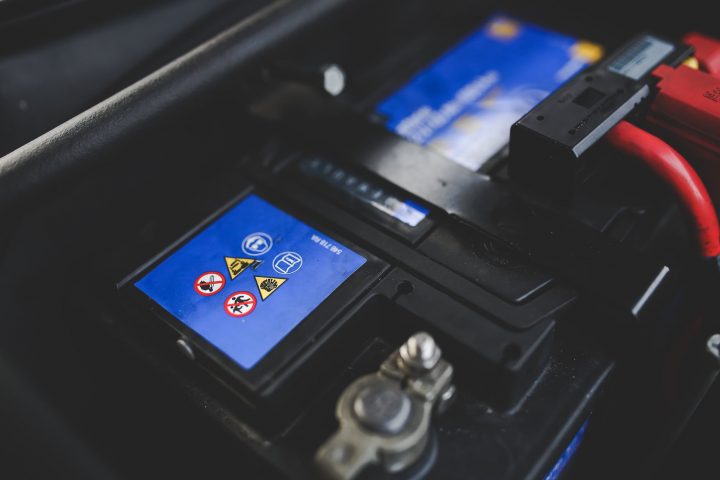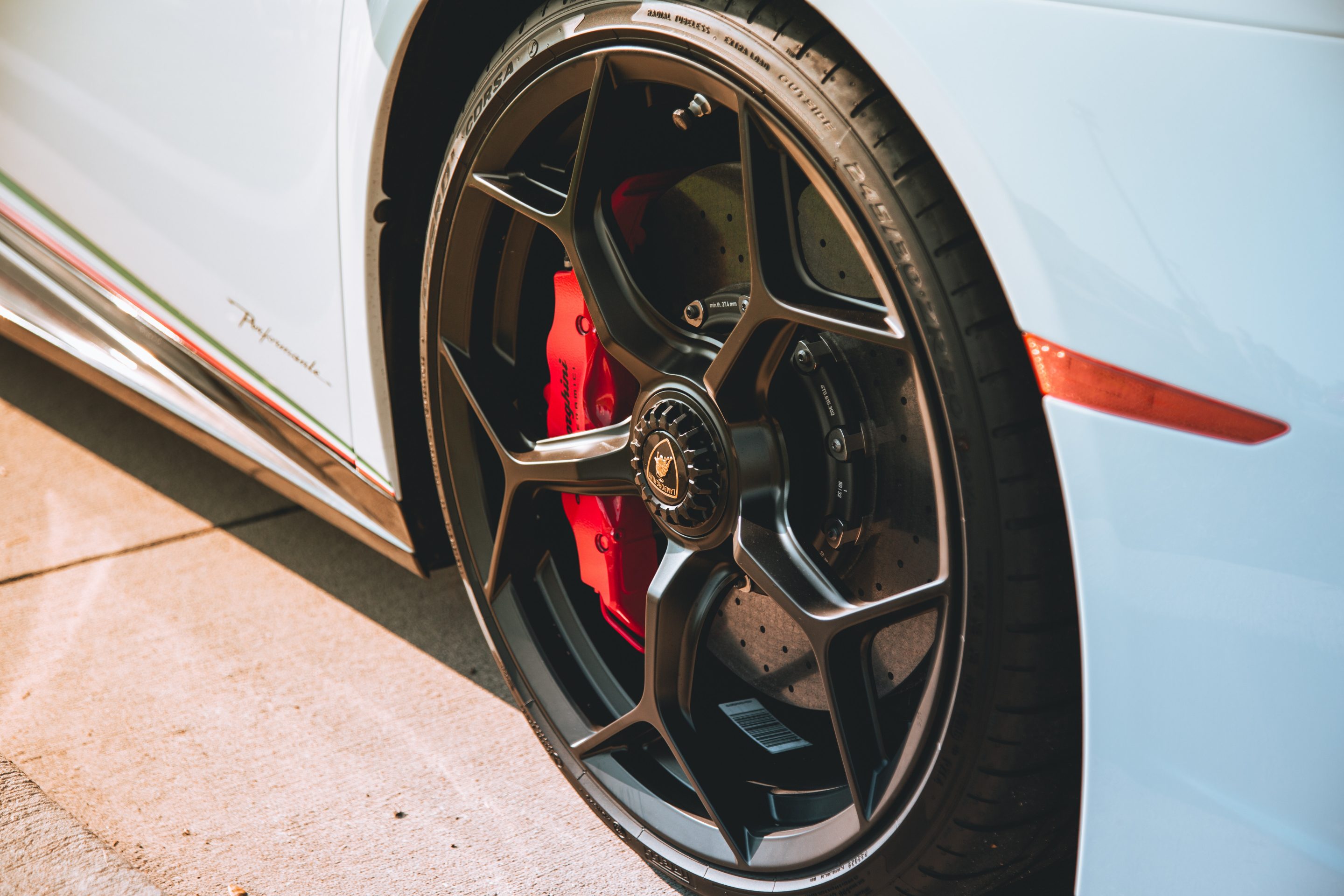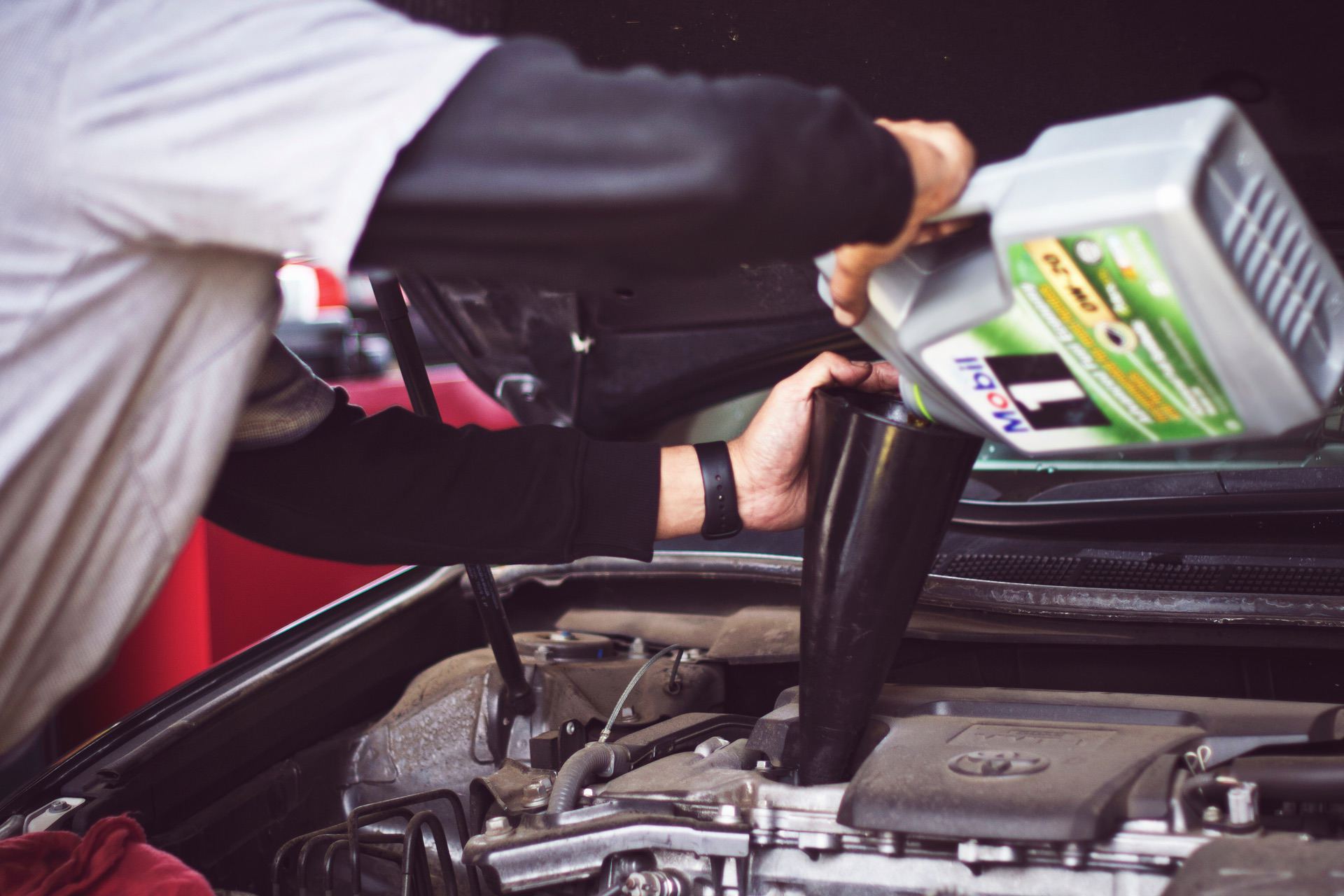What To Do When Your Car Doesn’t Start
It’s a dreadful feeling. You go to switch on your car’s ignition but nothing happens! There really is nothing worse than needing to be somewhere and finding your car won’t start.
What could the cause be? What can you do? At Ox-In-Flames we are keen to keep you on the road in a car you can trust. We’ve written this short article so that you can be prepared if this should ever happen to you.

What Should You Check First?
Your car is a complex engineering feat but there are still aspects you can check before calling Ox-In-Flames. Let us have a quick look at the common problem areas.
1 – The battery is a very common cause of vehicles not starting. Batteries that are low on charge can cause the engine to turn over slowly, or not start at all.
2 – If you drive an automatic and don’t have it in Park or Neutral it won’t start.
3 – Do you have the correct key? Often we find spare keys which haven’t been programmed so they cause vehicles not to start.
4 – Is there enough of the right fuel in the tank?
5 – Is a Malfunction Indicator Lamp illuminated? It could be indicating problems with one of the car’s electronic systems.
Let’s have a look at these in more detail.
Checking Your Battery
There are two non-technical ways you can check your battery:
First, does your car turn over? If the engine turns over at an appropriate speed then the problem won’t be down to your battery. If the motor does not turn over it could be the battery so it’s time for the next test.
Second, operate the car’s washers so they wet the screen and then turn on the wipers. Do the wipers move very slowly across the screen? If this is the case, the battery could well be the issue and you may need to recharge the battery or use jump leads to get your car started with the help of a slave battery.
“Jump Starting” Your Car

Jump starting a car is fairly straightforward. You’ll need jump leads and another car or spare battery.
The procedure is generally to connect the other vehicle’s battery or the spare battery to your car’s flat battery, wait 10 minutes for the charge between the batteries to equalise, and then start your vehicle.
It’s crucially important that you read the manufacturer’s information. It will highlight where to connect the jump leads and any specific procedures required. In many cases, the connection is not directly to the battery. Failing to do this in the correct manner could lead to a fault, which is the last thing any of us want.
If you think it is a flat battery causing your car not to start then please call us so we are able to deal with this for you.
If Your Vehicle is Immobilised
An important part of a car’s anti-theft system is a transponder immobiliser. Each key you have for your car has a tiny coded chip called a transponder. When you present your key to your vehicle the data contained in the transponder is checked to establish if it is the right key for the vehicle. If it is, the car will be enabled to crank. If it isn’t then you may see a light like the one below.

If you suspect an immobiliser issue then your first thing to check is the key.
Is it the same key you have used in the past to start the car? If it isn’t, then revert to the original key and get the faulty key inspected.
If the key is good, try placing it closer to the key reader. Your owner’s manual will identify the best position for the key.
If you have no success with either of these tips, then call us so our technicians can find the solution.
What’s Happening With Your Dash Lights?
When no dash lights are showing, or they are the wrong dash lights that are lighting up the issue may be accounted for by a couple of different faults. The first thing to do is to check the vehicle’s fuses.

Fuses keep the car’s electrical systems safe by being designed to “blow” when faults occur. It’s very common for a fuse blowing to cause a car not to start.
Referring back to your owner’s manual will show you where the fuse boxes are located on your car (there could be more than one), and outlines each system that a fuse is protecting.
Individually check each one, and replace with any fuse that has blown with another of the same rating.
Should the fuse keep blowing when the ignition is switched on then there’s a permanent fault that will need to be professionally diagnosed.
If the fuses are in good order and there is a Malfunction Indicator Light illuminated there is likely to be an electrical system malfunction, which could be the reason your car doesn’t start.
Getting to the bottom of these issues needs specialist equipment and trained technicians so please do not hesitate to contact Ox-In-Flames so we can take a look for you and get you back on the road.




